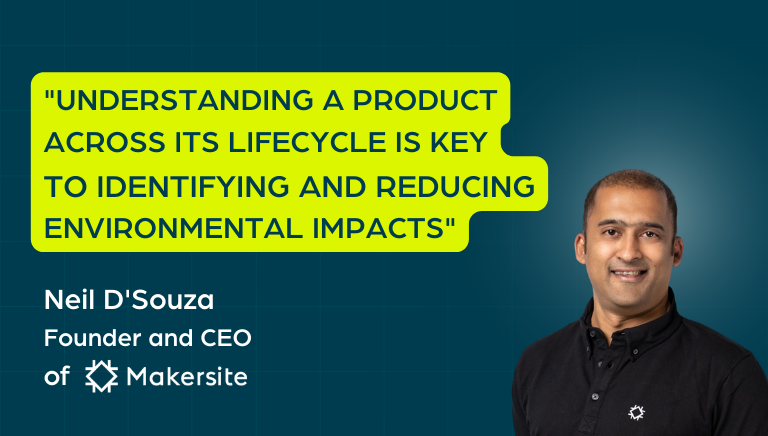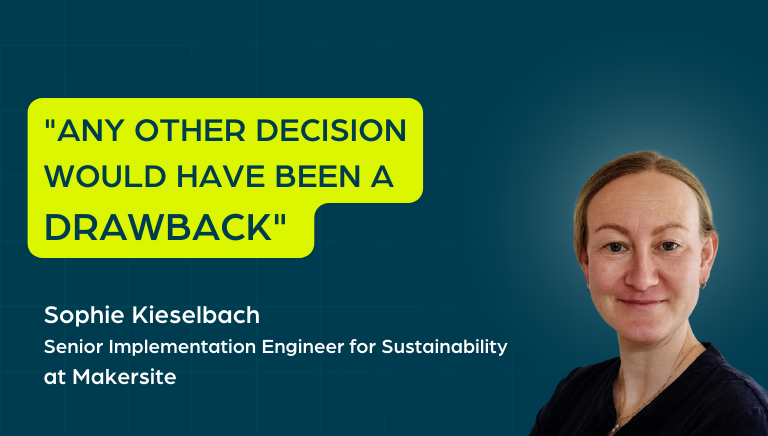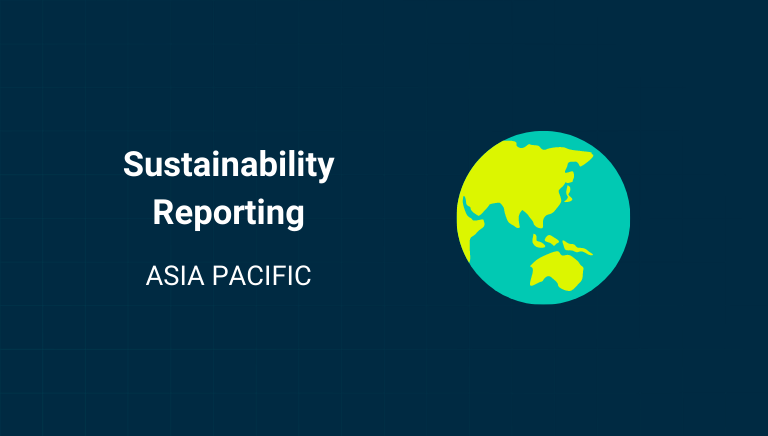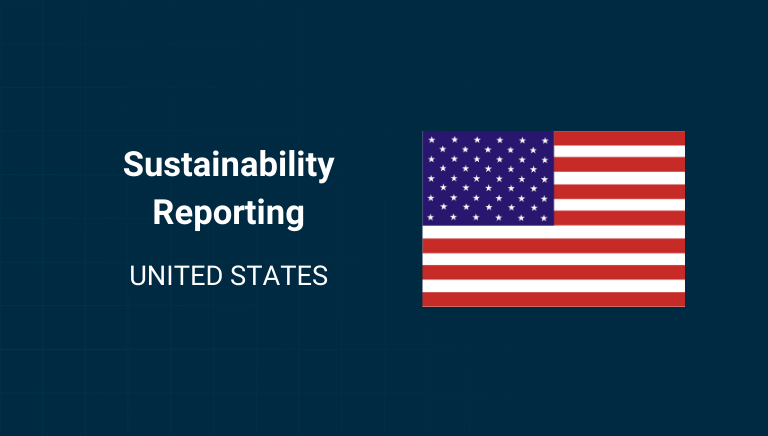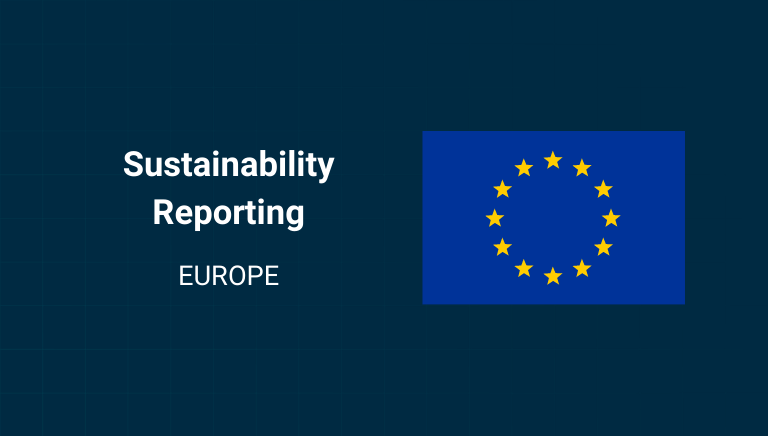If you’re working with LCAs, you have probably heard of the PEF, the Product Environmental Footprint. The PEF is a new methodology for environmental measurements. It was brought into place to generate a new, leveled standard. But how do PEF and LCA differentiate, and what do you need to apply when? The Makersite experts have collected all information you need.
What is a Product Environmental Footprint (PEF)?
The PEF was invented because the EU wanted to develop a common way to create product footprints. The footprint is generated by measuring the environmental performance of a product throughout its entire lifecycle – the so-called “from cradle to grave.” When calculating a PEF, products are put into different categories, which ensures that the environmental aspects that matter most for this specific product group don’t get overlooked. The PEF method also provides a database that was specifically developed to support it and functions as a new standard environmental database for EU industries.
What is a Life Cycle Analysis (LCA)?
The definition of LCA software is quite similar to the one of PEFs. LCA is a method to identify the environmental impact of a product or organization throughout its lifecycle. Similar to the PEF, an LCA includes all essential information about the product or organization, from raw material extraction to disposal. LCAs are a widely used tool to identify environmental hotspots in the life of products or organizations and are already driving sustainable improvements for many companies.
Differences and Similarities
LCAs and PEFs are part of the lifecycle approach, which takes the entire lifecycle of a product into account and gives a holistic view. Like LCA, PEF takes a life cycle perspective but follows further product-specific requirements and standardized specifications that create greater comparability of results. While LCAs quantify all kinds of environmental impacts like greenhouse gas emissions, energy use, and water consumption, PEFs are a methodological framework with specific guidelines on how to perform an LCA. A PEF study, therefore, is a somehow standardized LCA study.
Do you have to do PEFs?
The PEF methodology is not yet put into action. The active pilot phase is planned to be completed by the end of 2024. Using the PEF methodology for your business is, therefore, not mandatory yet.
On implementation, the PEF will likely have a significant impact on companies, creating standard environmental measurement rules for everyone. While it is yet unclear where the PEF will be mandatory, it is likely that some LCA reporting methods will become obligatory for most companies in the coming years. France, for example, already has a mandatory LCA in place.
So why is it important to start preparing for mandatory climate reporting now? PEF, and other reporting methods, like the one discussed by the ISSB right now, will need companies to report on Scope 3 emissions. To be able to do this, you will need to look at the whole lifecycle of products. But most companies lack insights into the deep tiers of their supply chains. Organizations, therefore, need to focus on technology that measures the environmental impact of its entire supply chain instead of restricting it to its own four walls. The more downstream and complex your products, the more of your impact will sit in the supply chain.
If you’re planning to invest in software to help you report on environmental data and give you actionable insights, choose one that can produce automated LCAs and extend your LCAs to different formats, like the PEF one. If you want to read more about how Makersite makes sustainability reporting easy, click here.

